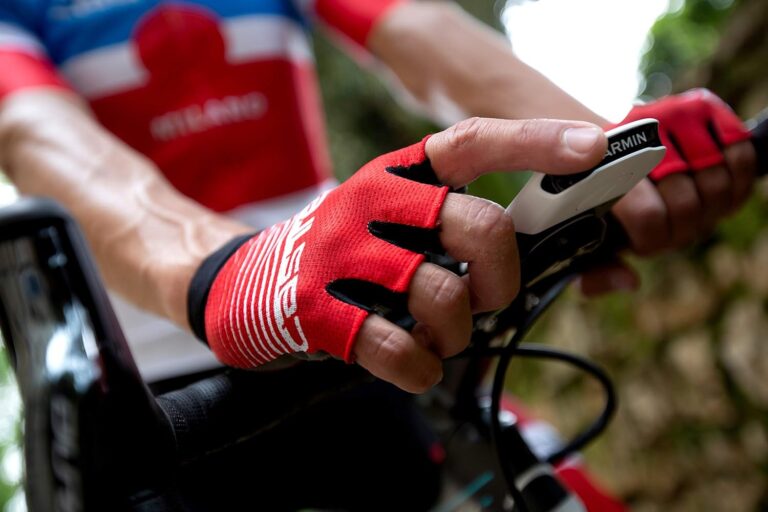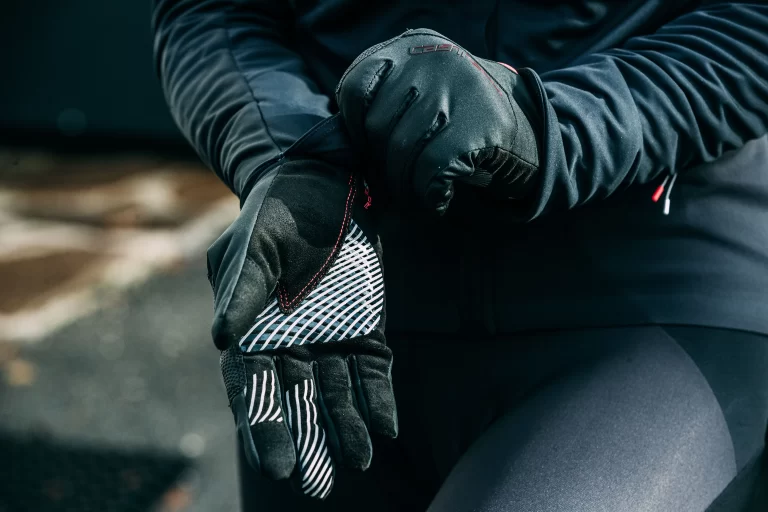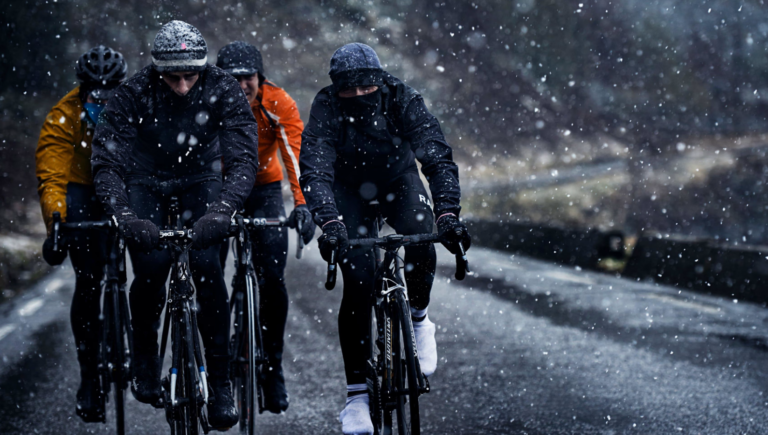Tips for Maintaining Cycling Gloves: A Cyclist’s Guide

Key Point Summary of Tips for Maintaining Cycling Gloves:
- Regular Cleaning: Hand or machine wash gloves using mild detergent; avoid harsh chemicals.
- Drying: Air dry gloves away from direct sunlight and heat sources to prevent shrinking and damage.
- Storage: Store gloves in a cool, dry place. Keep them flat or rolled, not crumpled.
- Inspection: Regularly check for wear and tear, especially in high-contact areas.
- Repair: Minor tears can often be repaired at home to extend the gloves’ life.
Maintaining cycling gloves might not be the first thing that comes to mind when you think about bike maintenance, but as a seasoned cyclist who has spent years navigating the demanding terrains of mountain biking, gravel riding, and cyclocross, I can attest to the importance of giving your gloves the TLC they deserve. Your gloves protect your hands, improve grip, and enhance comfort during long rides. Thus, proper care not only extends their lifespan but also ensures they perform at their best. Here’s what I’ve learned about keeping your gloves in top condition.
Regular Cleaning: The Foundation of Glove Care
After a particularly grueling cyclocross race, where mud was more a constant companion than an obstacle, I was reminded of the importance of regular glove cleaning. Mud, sweat, and grime can break down the materials of your gloves if left unchecked. I make it a habit to gently hand wash my gloves after intense rides or when they start to smell. Using a mild detergent like Nikwax Tech Wash and cool water, either hand wash or place them in a mesh laundry bag if using a machine. Harsh chemicals or bleach should be avoided to prevent the material from deteriorating.

The Art of Drying
Drying gloves properly is just as important as washing them. I learned this the hard way when I left my favorite pair of gloves near a radiator to dry quickly. The heat caused the material to shrink and stiffen, rendering it uncomfortable and altering its fit. Now, I always air dry my gloves, laying them flat or hanging them in a well-ventilated area away from direct sunlight and heat sources. This method preserves their shape and material integrity.
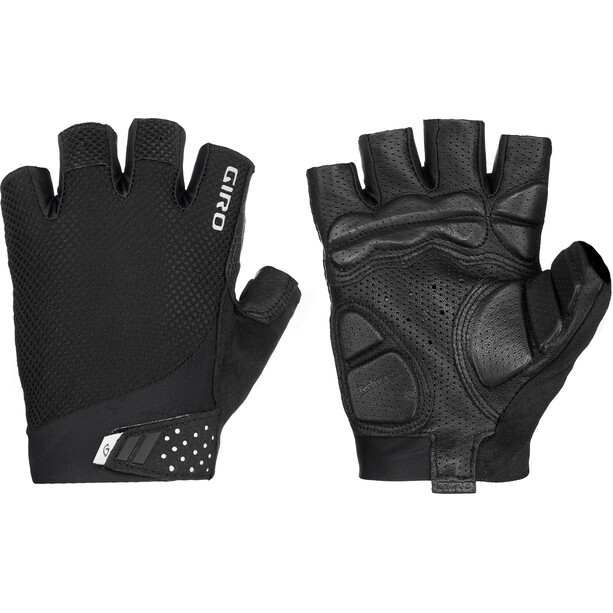
Thoughtful Storage
Storage might seem trivial, but it can impact your gloves’ longevity. Early in my cycling days, I had the bad habit of crumpling my gloves into my helmet or tossing them into the corner of my garage post-ride. This negligence led to deformed, smelly gloves. I now store my gloves in a cool, dry place, laid flat or rolled to maintain their shape and ensure they’re ready for the next ride.
Regular Inspection for Wear and Tear
Given the varied terrains I tackle — from rocky mountain trails to uneven gravel roads — my gloves inevitably face wear and tear. I make it a point to regularly inspect them, paying close attention to high-contact areas like the palms and fingertips. Catching signs of wear early can sometimes allow for minor repairs before they become major issues.
Repairing Minor Damage
Not all damage spells the end for your gloves. I’ve managed to extend the life of several pairs through simple repairs. For example, a small tear in the finger of my glove from a bramble on a mountain trail was easily fixed with a needle and thread. While not every glove can be salvaged, minor repairs can be a cost-effective way to extend their usability.
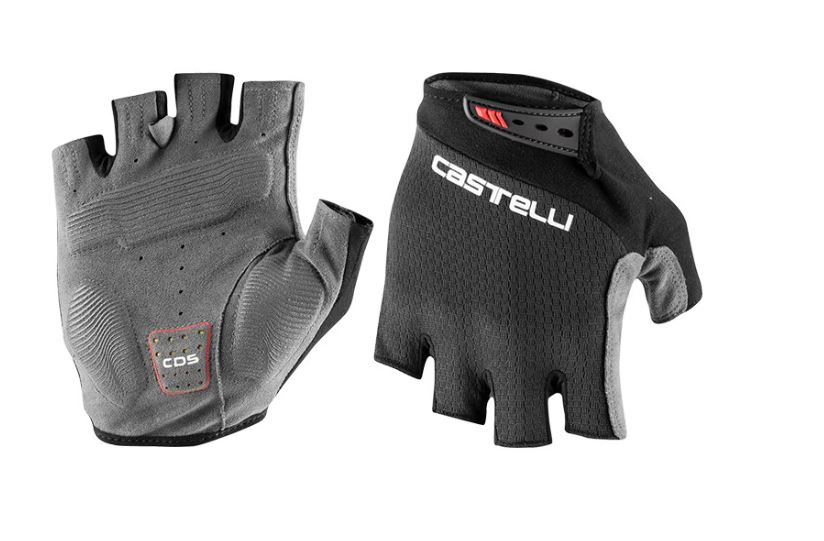
Special Considerations for Different Glove Types
It’s worth noting that different materials and glove types may require specific care. For instance, leather gloves often benefit from the occasional application of leather conditioner to keep them supple and prevent cracking. Meanwhile, gloves with touchscreen-compatible fingertips should be handled with care to avoid damaging the conductive material.
Tips for Maintaining Cycling Gloves: In Conclusion
Gloves are an essential piece of cycling gear, offering protection, comfort, and control across all biking disciplines. By adopting a routine of regular cleaning, proper drying, thoughtful storage, and timely repairs, you can significantly extend the life and performance of your cycling gloves. These practices have served me well throughout my cycling career, ensuring that my gloves remain in prime condition, ready to face whatever the next ride brings.
For cyclists seeking a top recommendation, the Castelli Arenberg Gel 2 Glove made from a blend of synthetic materials stands out. These gloves feature gel padding for superior comfort and vibration absorption, making them ideal for rough terrain and long rides. The synthetic fabric offers a combination of durability, breathability, and flexibility, ensuring a snug yet comfortable fit.
Why choose the Castelli Arenberg Gel 2 Glove? Its gel padding is specifically designed to reduce hand fatigue and protect your palms on long rides, making it perfect for road cyclists, gravel riders, and even mountain bikers. Additionally, the high-quality synthetic material provides excellent grip and control, while also being quick-drying and moisture-wicking. This combination of features makes Castelli Arenberg Gel 2 an outstanding choice for any cyclist looking for a blend of comfort, protection, and performance.
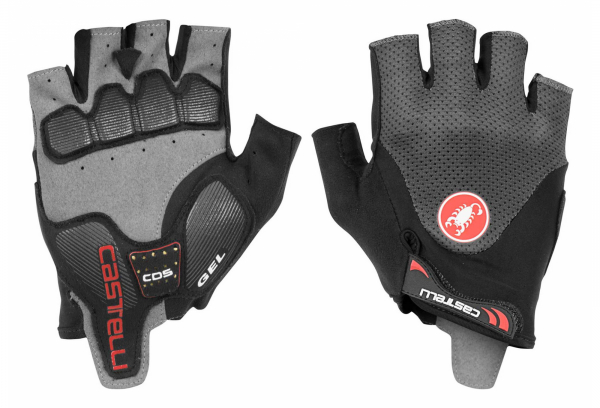
FAQ
How do you clean cycling gloves?
To clean cycling gloves:
- Hand wash in cold water with mild detergent.
- Gently rub the gloves together to remove dirt.
- Rinse thoroughly in cold water.
- Squeeze out excess water (do not wring).
- Air dry away from direct heat and sunlight.
How do you clean leather bike gloves?
To clean leather bike gloves:
- Use a damp cloth to wipe away surface dirt.
- Apply a small amount of leather cleaner or saddle soap to the cloth and gently clean the gloves.
- Wipe off any soap residue with a clean, damp cloth.
- Allow to air dry naturally.
- Condition the leather with a suitable leather conditioner to keep it soft and prevent cracking.
How often do you wash gloves?
Wash your gloves as needed, depending on use. After every heavy use or when they start to smell is a good rule of thumb. For regular cyclists, this might mean washing them every few rides.
Ride on
John
